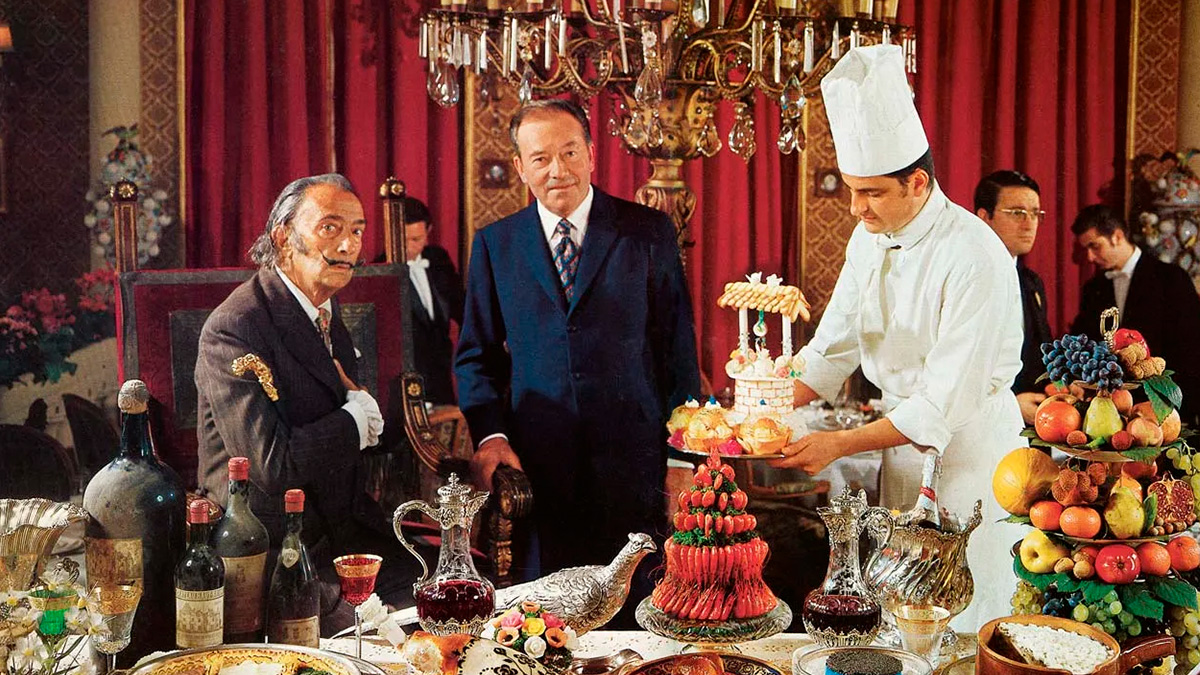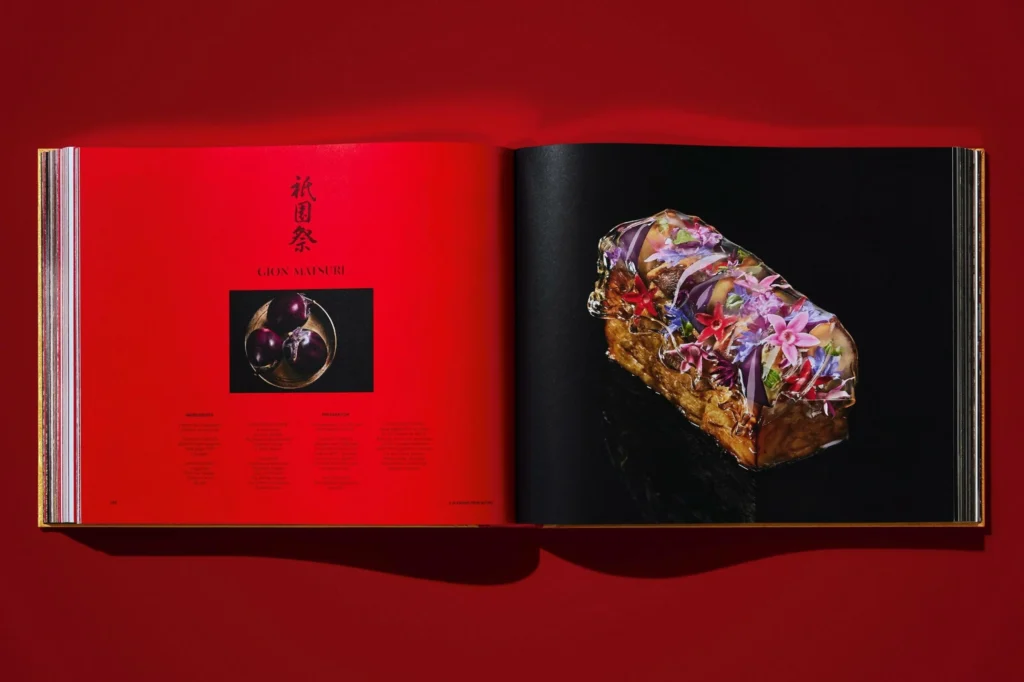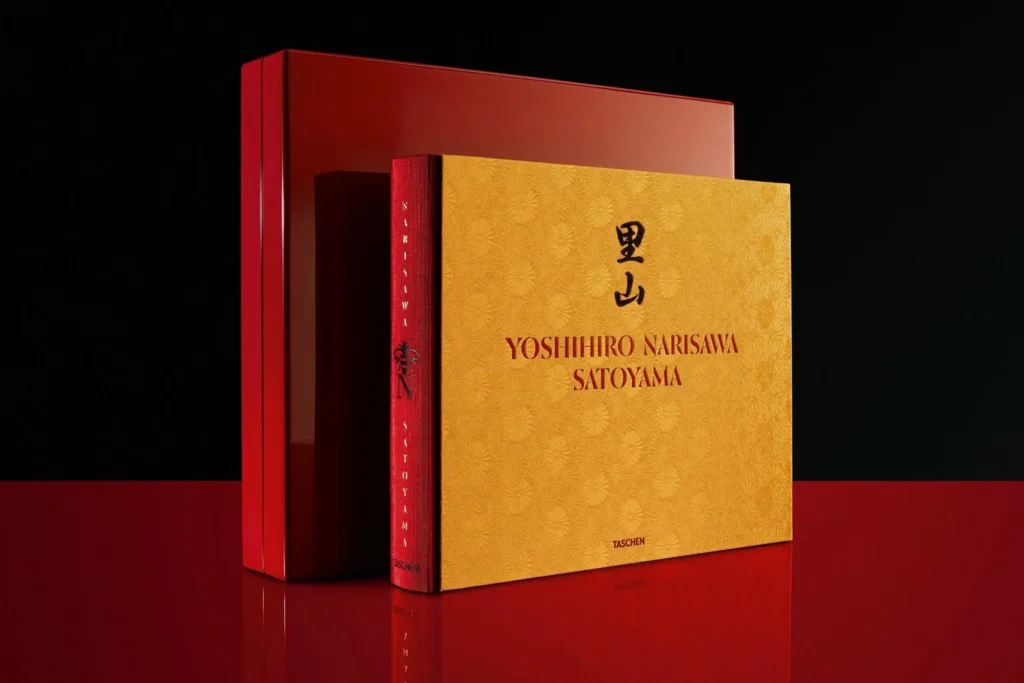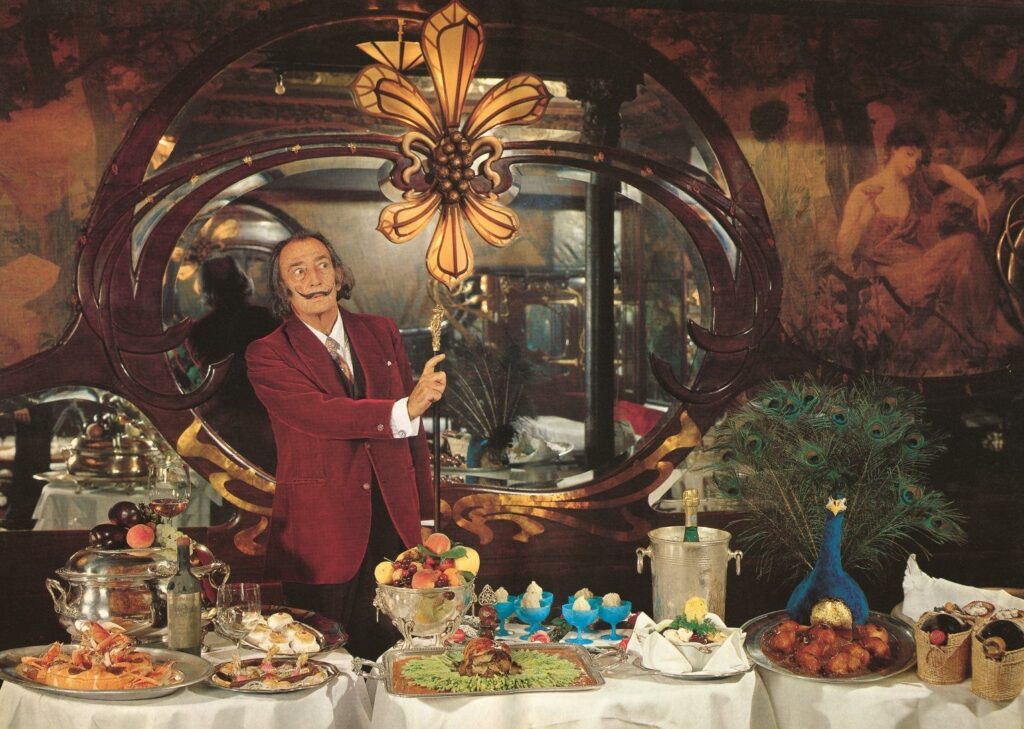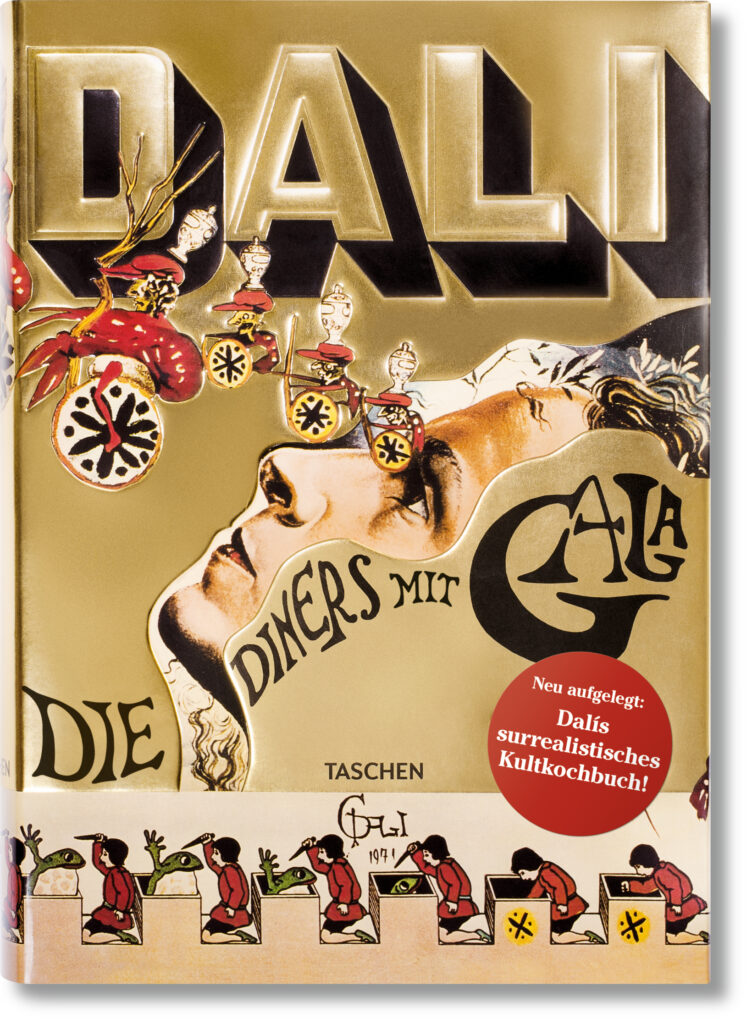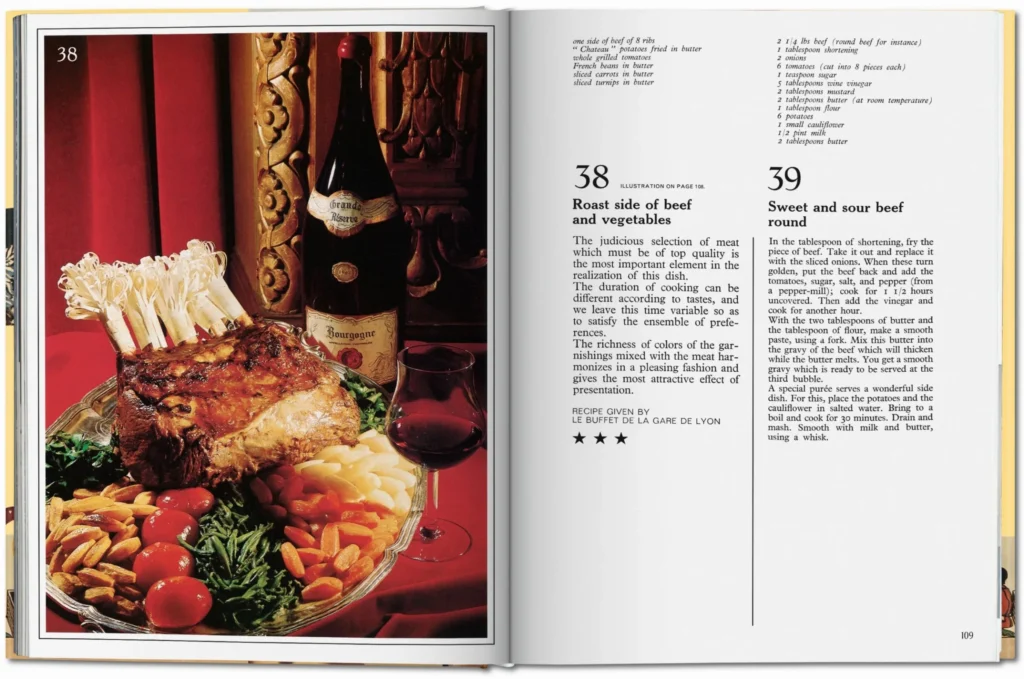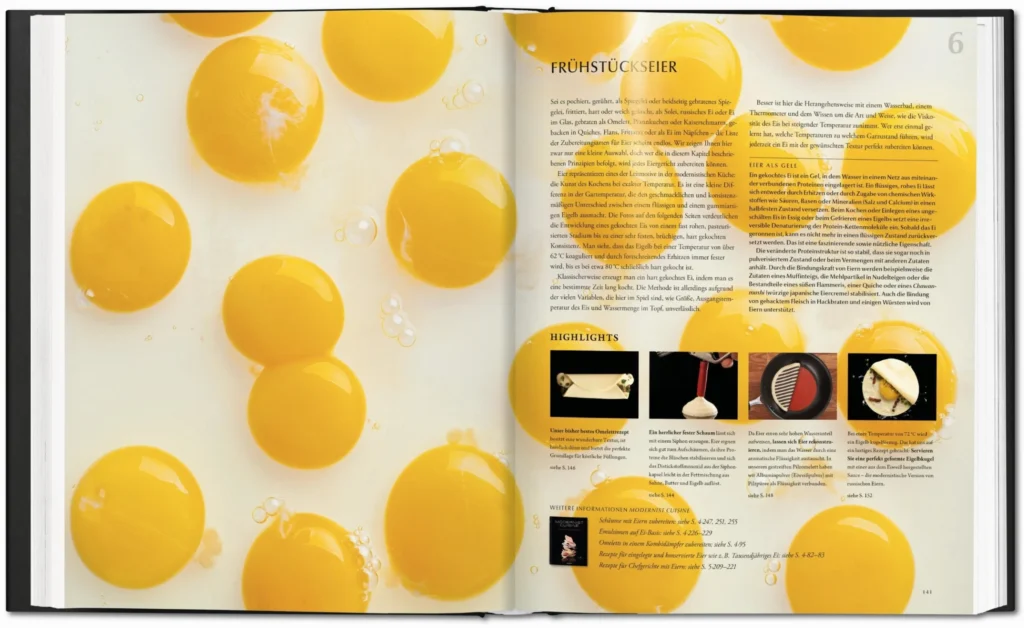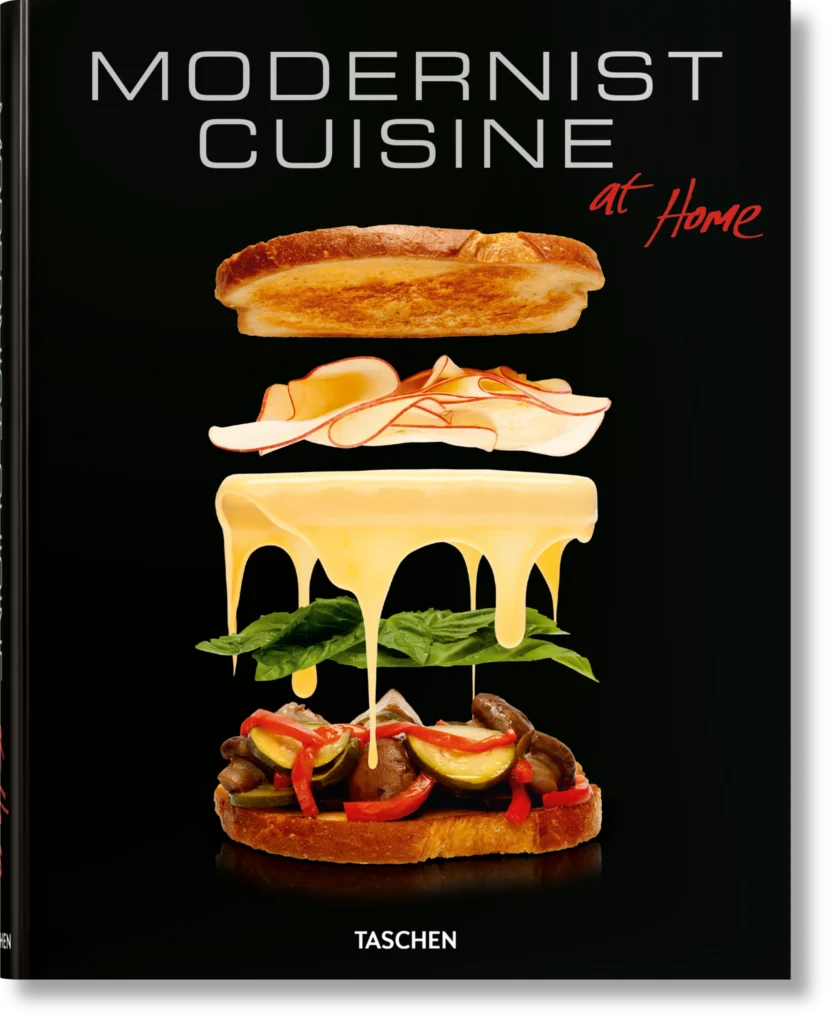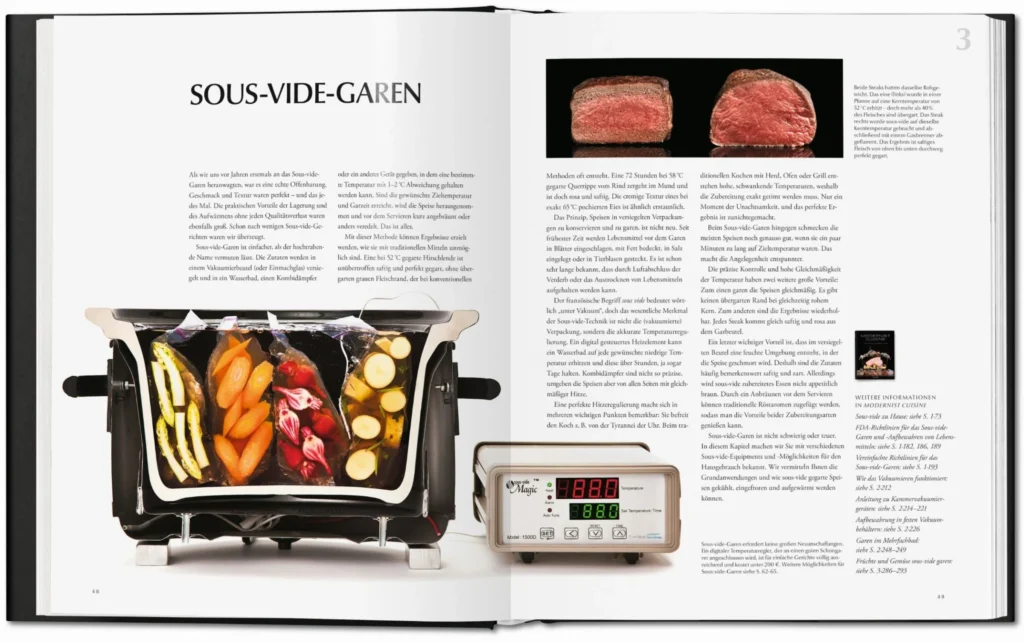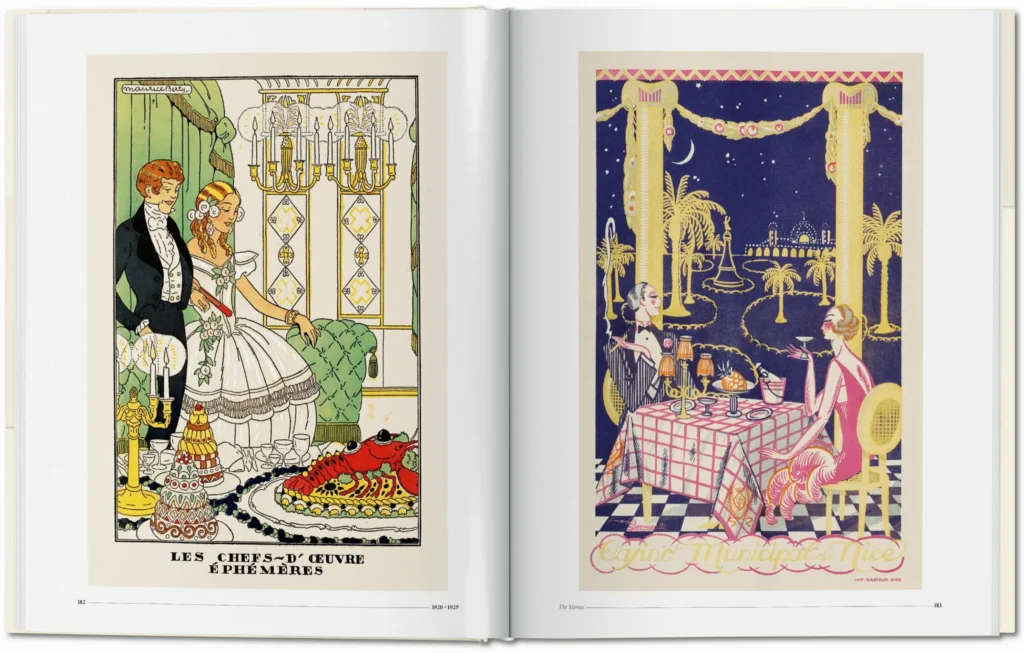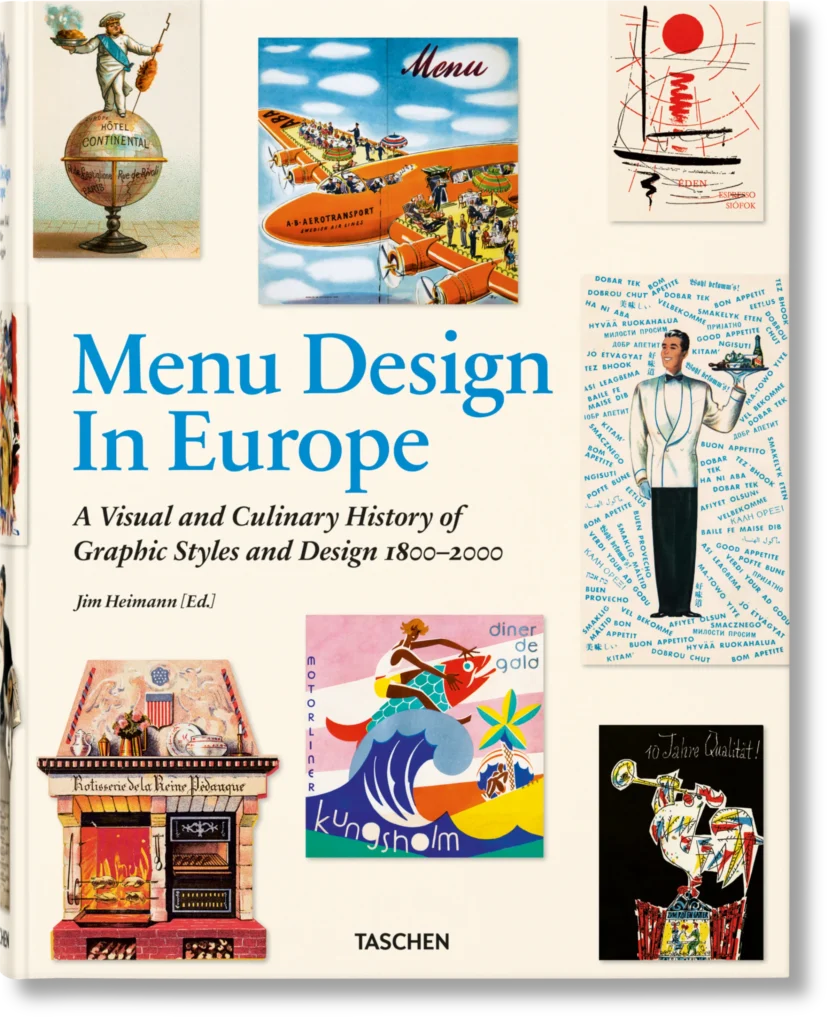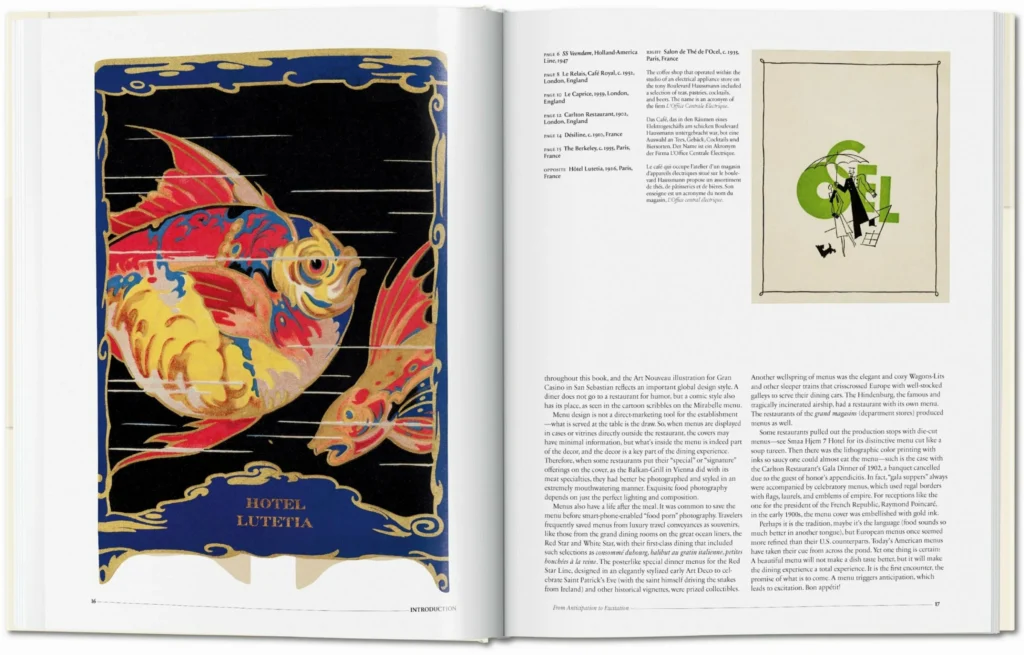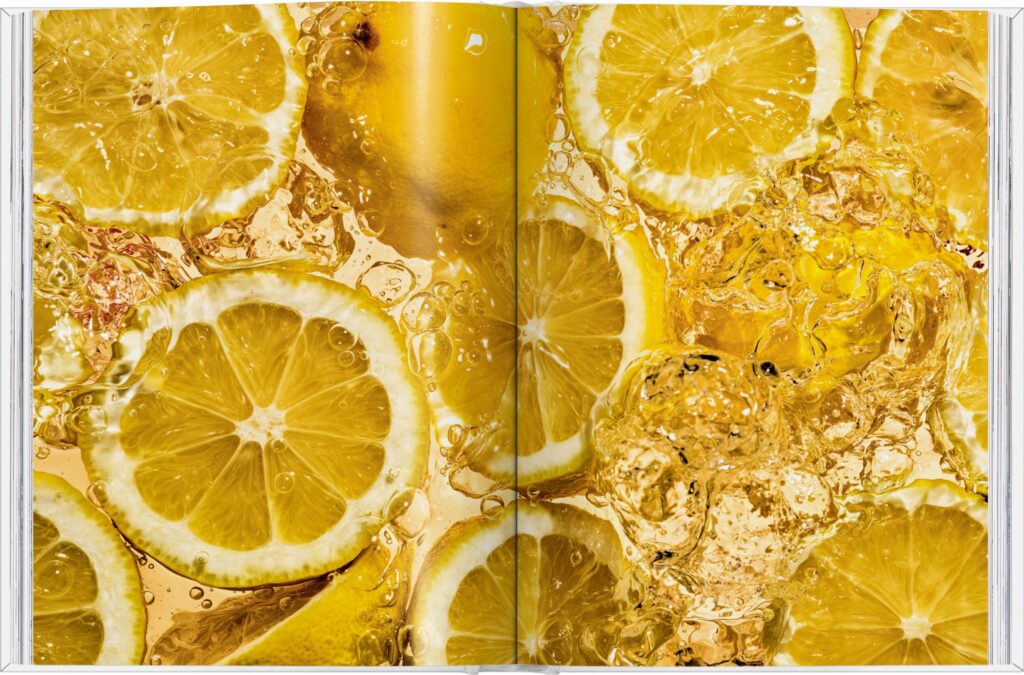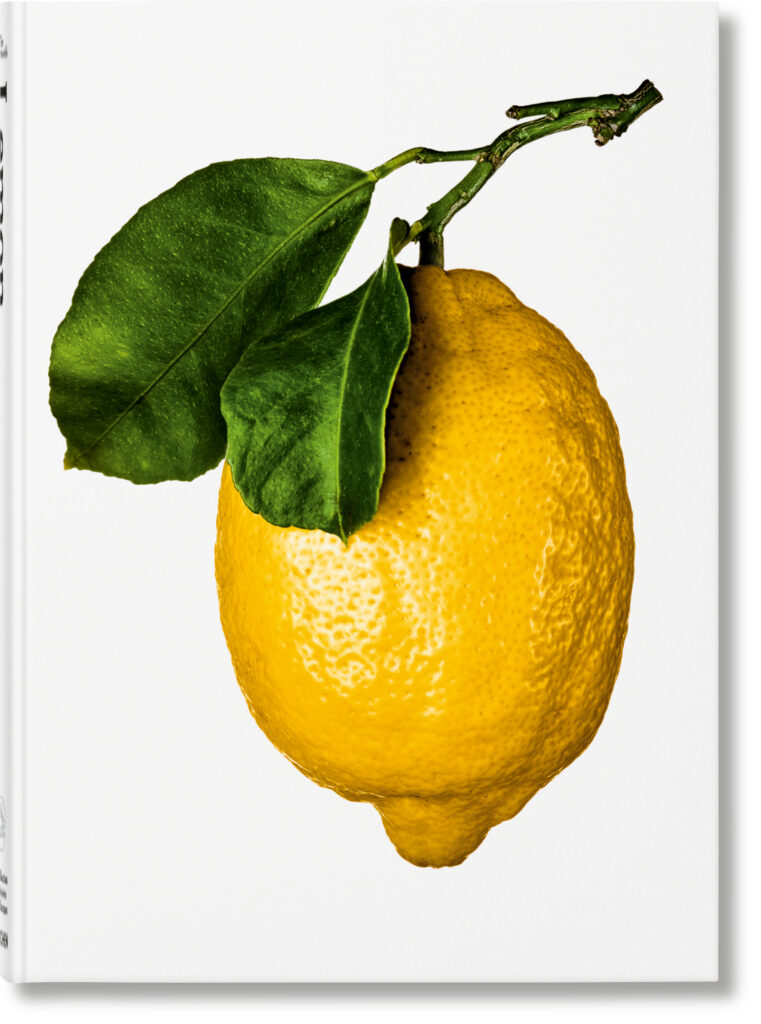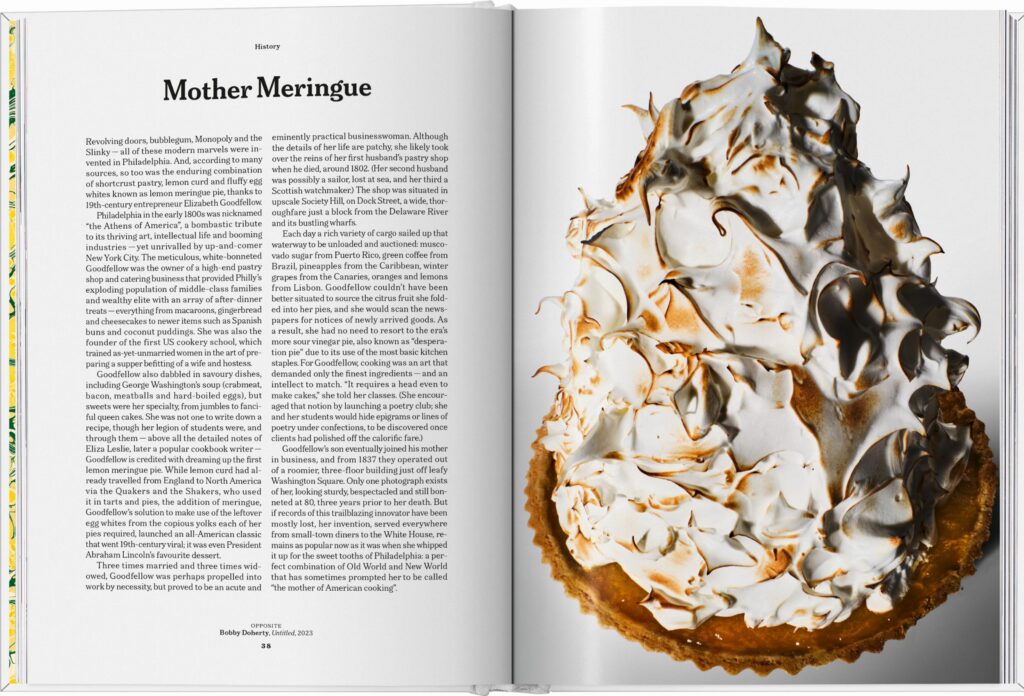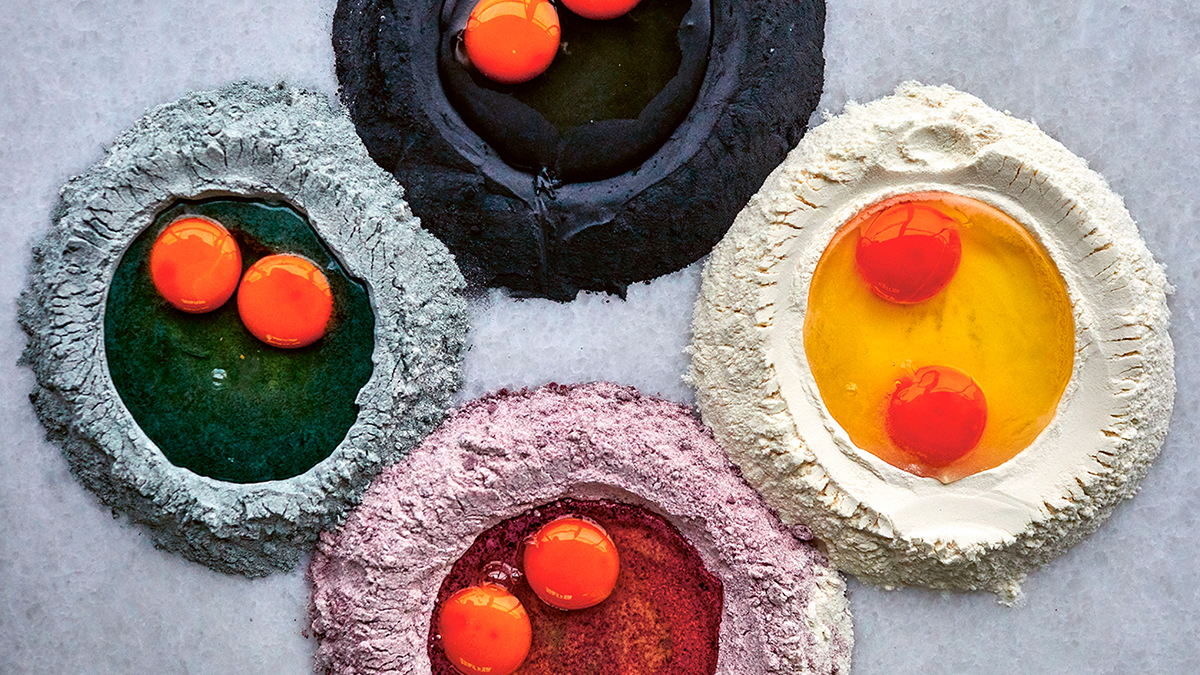Click here to read the Spanish version.
These works elevate -and aestheticise- creative cuisine from different nostalgic and contemporary perspectives. Whether based on Japanese, surrealist or traditional gastronomy: art and design are served here in large doses.
Yoshihiro Narisawa. Satoyama Cuisine
Award-winning Japanese chef Yoshihiro Narisawa draws on nature in this book to develop his innovative satoyama cuisine and his philosophy based on sustainable gastronomy. Sayotama brings foraged ingredients (wildflowers, earth, shredded bark) to the fine table, symbolising the harmony between humans and nature.
This book traces Narisawa‘s recipes and culinary universe, from the places where he buys his ingredients to the artisans who make his knives, becoming in parallel a visual journey through Japan in which to explore its forests and seas and the origin of all food: the earth.
Dalí. Les dîners de Gala
This updated reprint of ‘Les dîners de Gala‘, the surrealist cookbook that Dalí published in 1973, is presented as a compendium of all the exotic dishes and overflowing imagination served at the opulent dinners of Salvador Dalí and his muse Gala. It also contains a series of surrealist reflections on his cuisine and classic recipes from the great Parisian restaurants visited by the iconic duo, such as La Tour d’Argent and Maxim’s.
The illustrations created by Dalí himself round off the artistic narrative of this book, like a multi-sensory surrealist work of art that serves up a decadent buffet of sex, lobsters, collages and toothbrushes in a patisserie.
Modernist Cuisine at Home
From the creators of ‘Modernist Cuisine‘ comes this title that transforms home-cooked dishes into works of haute cuisine, with recipes adapted for novice chefs. This is the definitive manual for equipping and operating a modern domestic kitchen with illustrated culinary tips and cooking techniques from top chefs.
This ‘At Home’ version in particular applies the methods in use in Nathan Myhrvold’s Cooking Lab to classic homemade dishes: from hamburgers and chicken wings to authentic delicacies such as seafood soup with pistachios and sous vide snails.
Menu Design in Europe
This culinary book by Jim Heimann on menu design in Europe spans an infinite compendium of menus from restaurants across the continent from the early 19th century to the end of the millennium.
From extravagant royal banquet bills to delectable menus of minimalist design, the gustatory customs of dozens of European countries are revealed through a culinary and graphic journey through Europe that focuses on the aestheticisation of the menu with special attention to detail.
Missoni Family Cookbook
The Missoni family is not only known for its renowned fashion label and its legendary archive full of knitwear and colour, but also for having explored other creative avenues such as Italian gastronomy.
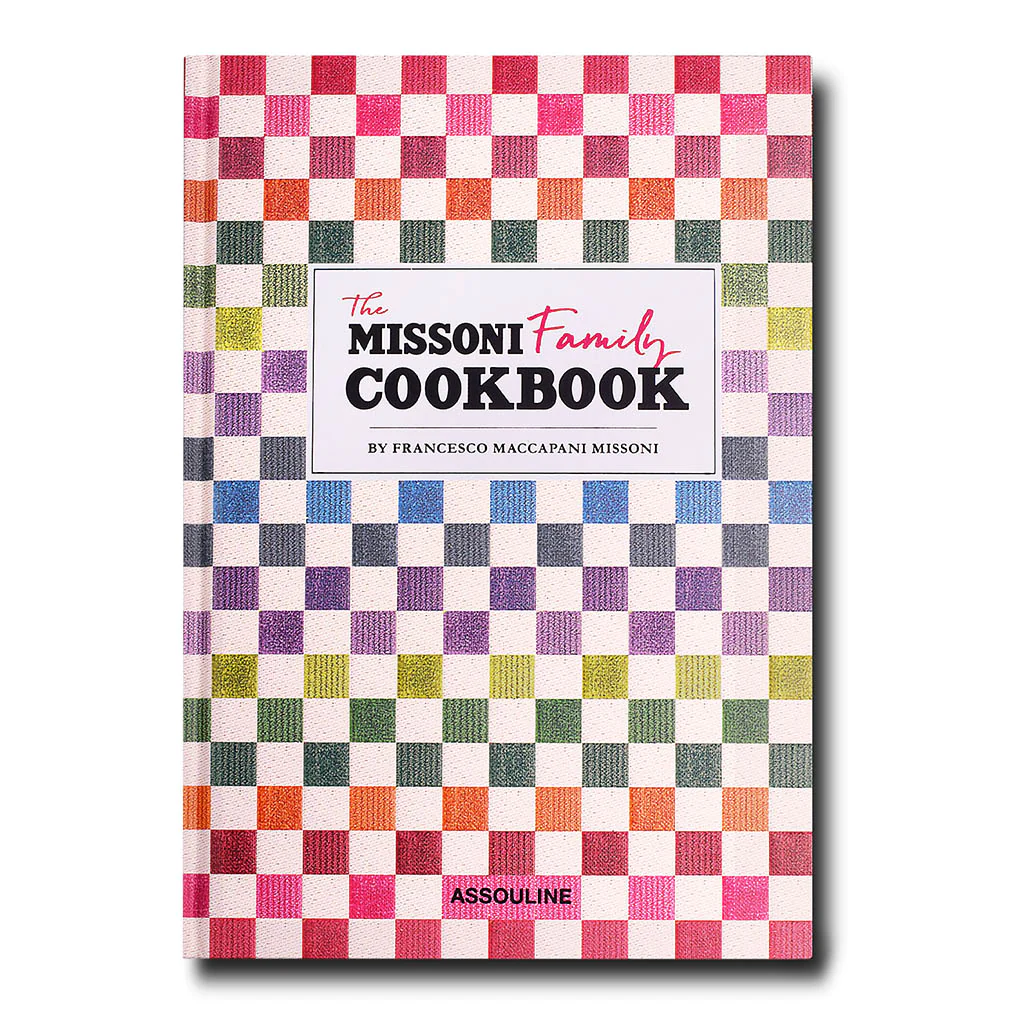
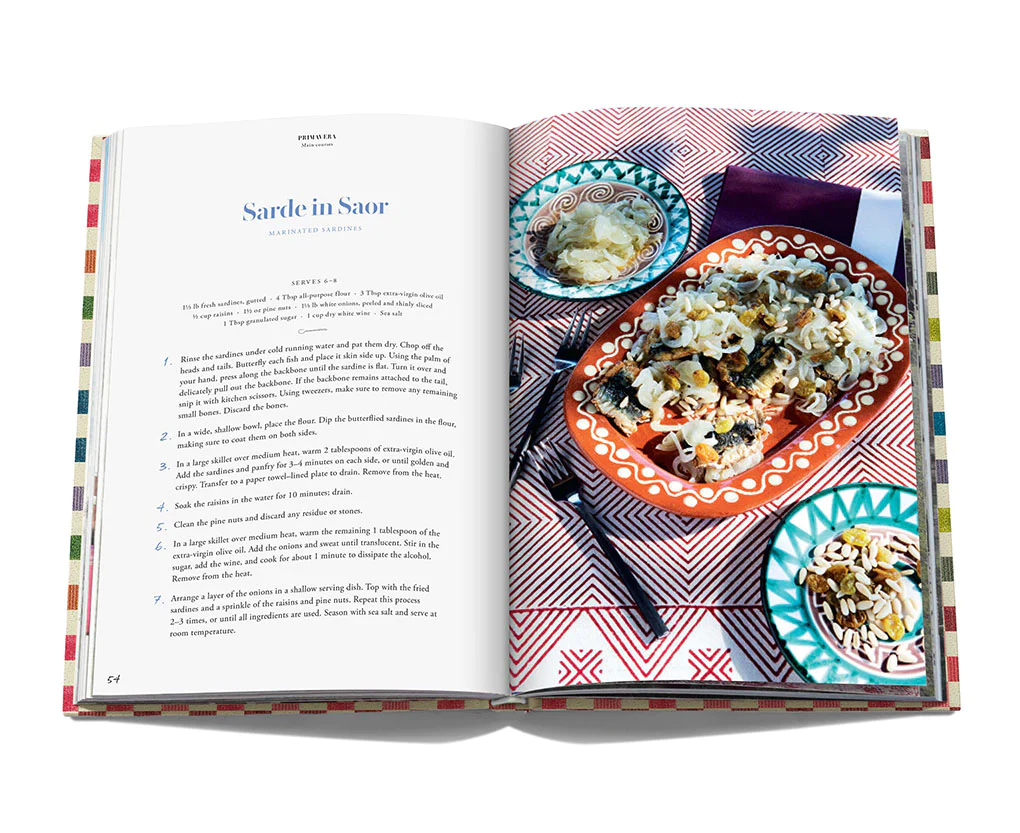
His sophisticated imagery and vibrant chromatic identity were also translated into a cookbook that reflects his family culinary tradition, with special emphasis on his parents’ and grandparents’ favourite recipes.
The Gourmand’s Lemon. A Collection of Stories and Recipes
The culinary experts behind The Gourmand collective explore in this book the literary, linguistic, historical and gastronomic legacy of lemons; blurring the boundaries between food and art.
This ode to the lemon, as a recurring theme for the great figures in the history of art -and their still lifes or still lifes- is represented through original recipes that reflect the versatility and complexity of the citrus fruit that became the star of Renaissance gardens and/or played a leading role in the formation of the mafia.
What is cooking de Ferran Adrià
The Catalan chef has a constellation of gastronomic books reflecting his culinary mastery, such as this volume, by Bullipedia, which showcases the infinite ways of preparing food. With his help, the reader can reflect on what cooking really involves.
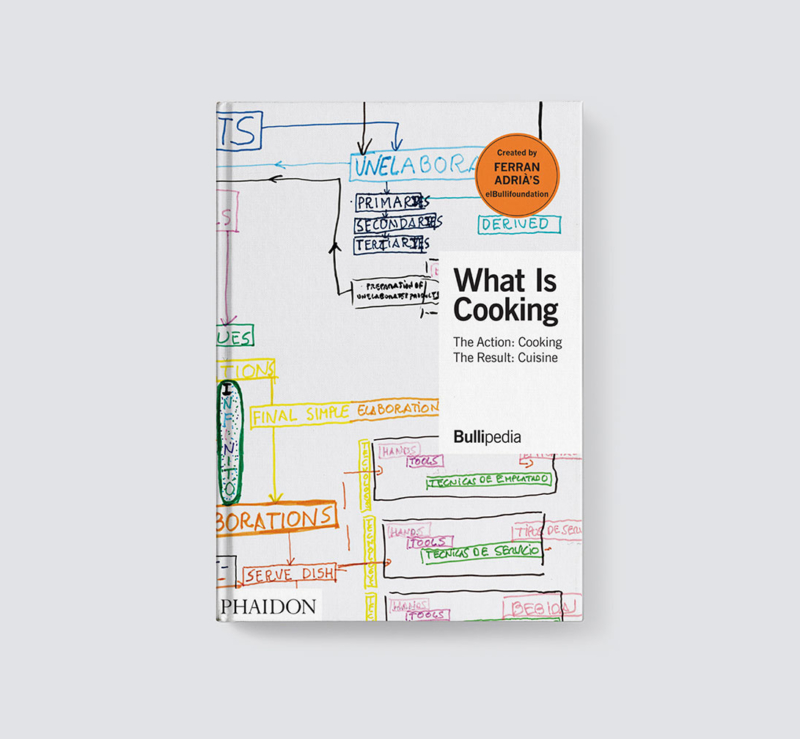
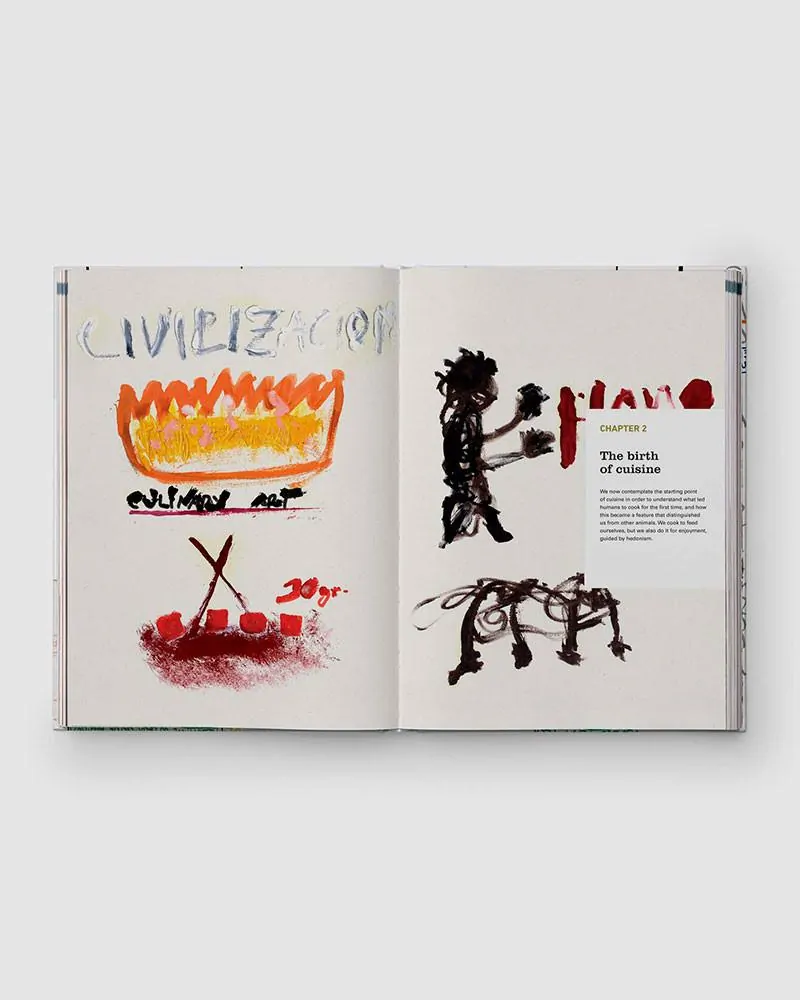
Ferran Adrià offers in ‘What is cooking‘ a holistic vision of both the act and process of cooking and its result, the cuisine based on the Sapiens methodology, devised by Ferran Adrià and elBullifoundation from the perspective of systems thinking.

